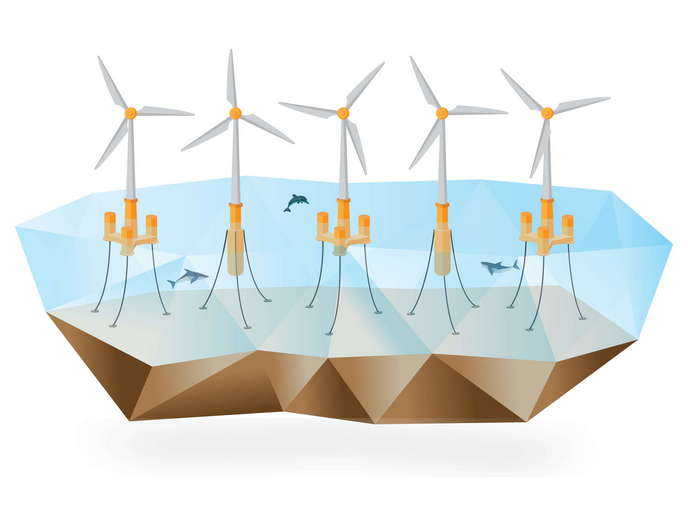Eco-friendly aircraft structures
Composite materials combine reinforcing fibres with the matrix that binds them. Conventionally, manufacture has relied on pre-impregnation of fibres with a resin and the use of an autoclave to make the preform. This requires tremendous amounts of energy and generates significant amount of waste. Liquid composite moulding (LCM), a well established family of techniques, utilises the dry fibre preform in a mould in which a liquid resin is then injected. Scientists have advanced the procedure of preparing dry fibre preforms with EU funding of the project 'Advanced preformmanufacturing for industrial LCM-processes' (APRIL). The focus was on replacing the autoclave process with textile-based component manufacturing and using novel joining techniques to produce the preform. The result is a greener process to produce carbon fibre-reinforced aircraft structures. The preform must meet geometrical tolerances and maintain dimensions for a near-final shape result. Scientists also wanted to produce preforms of complex geometrical shapes and combine smaller preforms into a larger one for greater flexibility. Among the developments were selection of new binder materials and introduction of robot-assisted braiding technology to manufacture parts for stiffeners (T-stringers). Analyses demonstrated that the braiding process produced stiffeners meeting mechanical requirements, increased manufacturing efficiency and significantly decreased scrap rate (to less than one percent). Different technologies were evaluated to preform and join the parts. Thermal binder activation produced the most accurate results for stiffener preforming. However, ultrasonic binder welding was a very low-energy and fast way to connect separate preforms into large preform sets. The prototype serial construction line was highly successful in comparison to conventional prepeg autoclave processes and state – of – the – art forming technologies. Significant reduction in energy consumption and scrap generation was seen during the production of composite aeronautic structures. Greener air transport is now possible through sustainable production processes that deliver lightweight components for lower energy consumption and related emissions in flight.







